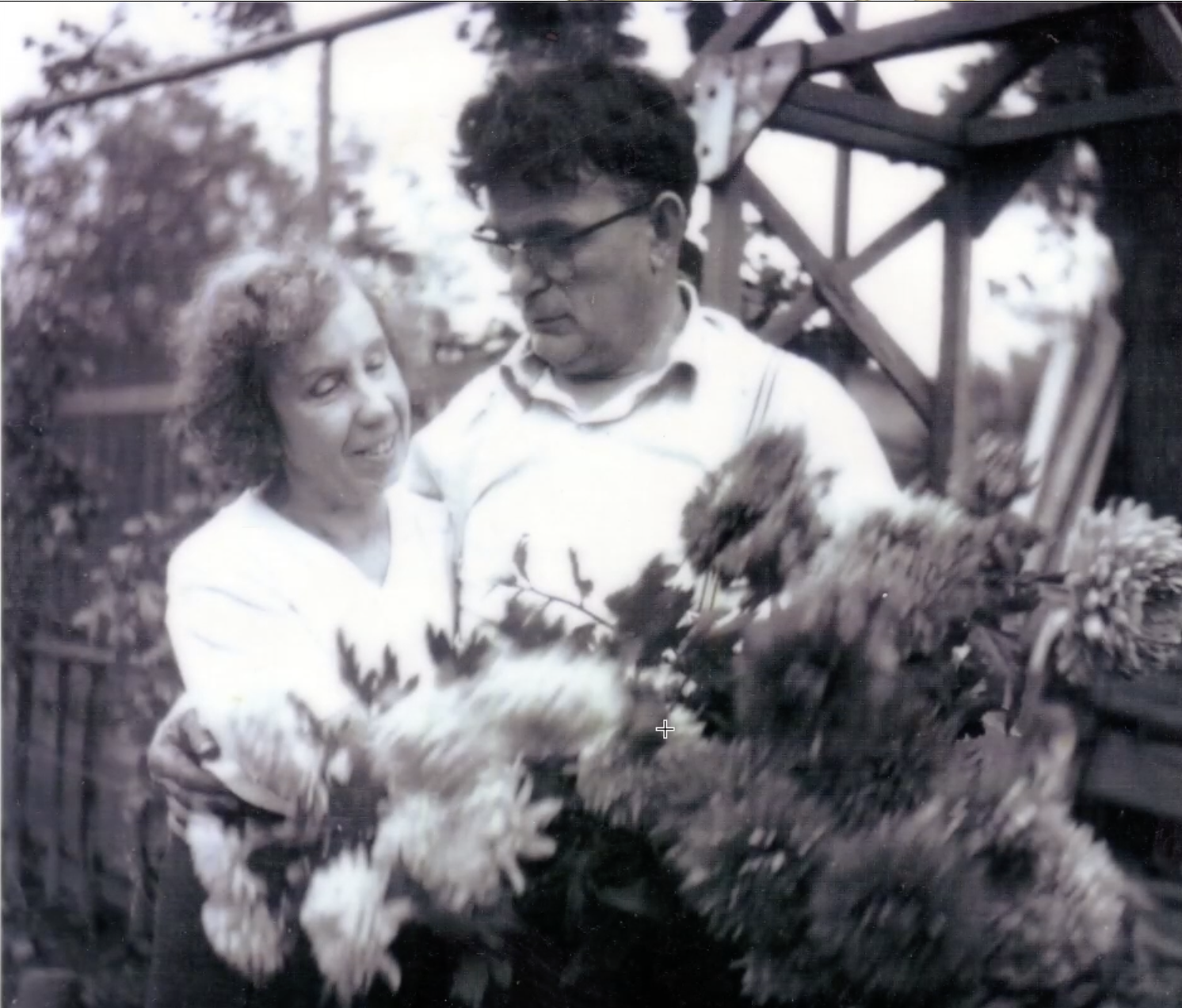Origin Story
by si on Aug 12, 2025
Some background and history of MemoryJam - "The Ghostwriter in the Attic"

“You die twice. The first is when your heart stops beating. The second is when your name is spoken for the last time.”
There comes a time in everyone’s life when they contemplate losing someone. That realisation can trigger denial, but it can also create a quiet urgency, a desire to make the most of the remaining time and preserve what matters. What we are preserving, ultimately, are memories.
Even if we keep a wooden spoon, it’s because your mother let you lick it after making jam. The object is a vessel; the memory is the treasure. By remembering vividly, we keep people alive in some way.
I only knew one of my grandfathers. The other died before I was born. Photography is how I know his face. I don’t know what he sounded like, although there’s a reel-to-reel tape in my father’s attic which I daren’t play it in case it’s destroyed.
Today, we have far better tools. My late grandfather would be amazed that almost everyone carries a video camera in their pocket, yet family stories still rely mostly on oral retelling. And memories can be even more fragile than an old, slowly decaying tape.
I’ve long been drawn to preserving my family’s history. I’ve spent days scanning photo albums. That part is tedious but straightforward. The tricky part is capturing and organising: who’s in the photo, what’s the occasion, what happened just outside the frame?
I once asked my Mum to write captions. She strongly preferred to talk, with lots of pointing. So I sat with her and did a screen recording of a selected photo slideshow on my laptop: mum talk 1.mov (we never got to 2). Hunting that file down and hearing her voice again, I catch details I’d forgotten. It was a faff, yes, but priceless. And I never stopped thinking about how to collect that treasure without all the hard work.
In 2019, I recreated that point-and-talk experience as a proof-of-concept web app and called it Family Memory Jam. It simply turned uploaded photos into video, with voice and tapped highlights.
Then AI leapt forward in 2023, and the possibilities multiplied. Not only could long audio memories be reliably turned into searchable text and summarised, but multiple threads of memory could be woven into an ongoing family tapestry.
ChatGPT suggested calling it the “Ghost writer in the attic,” and it fits. A family narrator who remembers Grandma’s dancing girl days and why Great-Grandad kept a packet of cigarettes in his camera case.
I’ve taken time out over the last few months to see how far I can take it, now calling it simply MemoryJam. So far, I’ve been amazed by what is possible and I’ve invited people I know to try out my next iteration, but now I need more voices to shape it in the right direction.
So, if this is something you’ve been thinking about too, get in touch. You can mail me directly (si@memoryjam.com) or just subscribe to the mailing list. I’m looking for both thoughts and feedback.